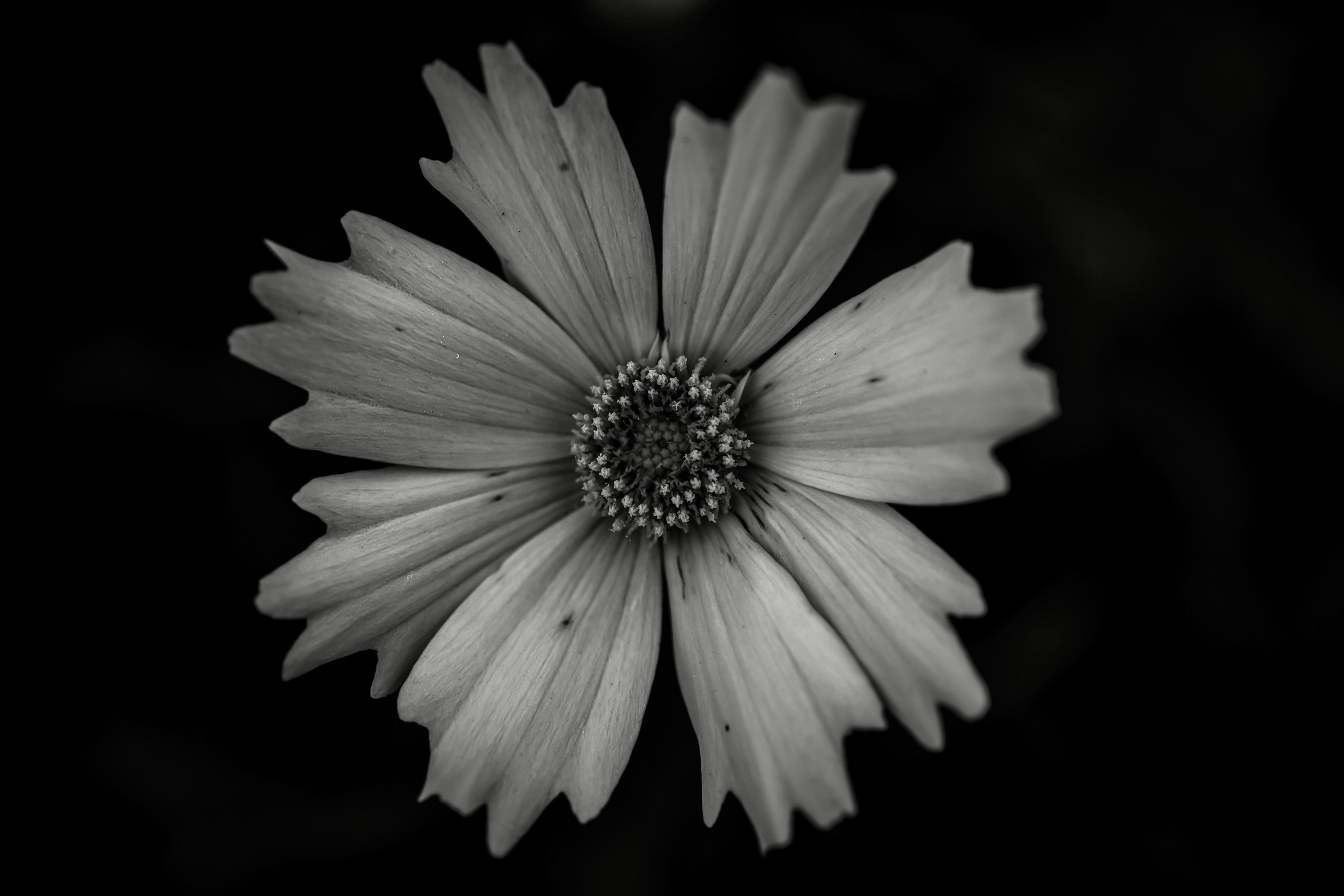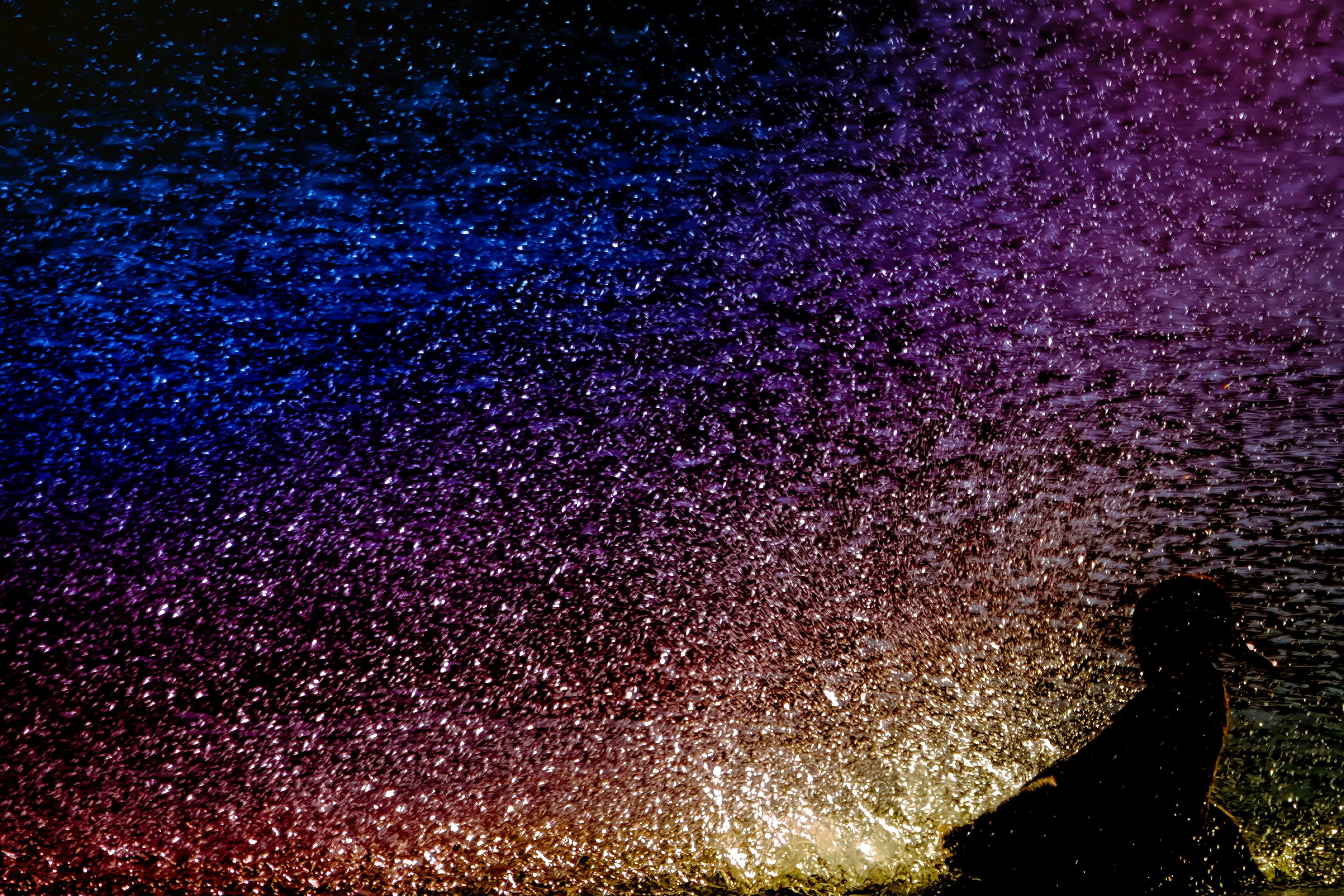
Cover photo by Yukihiro
The allure of instant development in Polaroid photos (Cheki) conceals a complex chemical mechanism. After taking a photo, the film is exposed and developed almost instantly, a process that may seem magical but is actually the result of precisely calculated chemical reactions.
This time, we introduce the mechanism and how the moment of shooting is reproduced as a beautiful image.

Chemical Reactions Begin with Instant Exposure
Polaroid film contains photosensitive layers that react to blue, green, and red light, each containing dyes of different colors. When the shutter is released, the film is exposed, recording light patterns for each color, and the exposed silver particles transform into metallic silver.

At this stage, no visible image appears yet, but the preparation for the subsequent chemical reactions is complete.
The Secret of Chemical Reactions Triggered by Rollers
After shooting, the film passes through rollers inside the camera, where a chemical substance called 'reagent' spreads evenly over the film's surface. The reagent contains oxidizers, alkalis, and white pigments, which trigger reactions layer by layer, transferring dyes to the image layer.

Dyes do not react in areas exposed to light, so those parts appear on the exposure layer, forming the final image.
The 'Waiting Time' Until Colors Emerge
As the reaction with the reagent progresses, colors gradually emerge on the surface. During this process, components that block light become transparent, visualizing the image. It is recommended to wait quietly until stabilization, as shaking the film or exposing it to strong light can degrade the image quality.
These principles are how Polaroid photos are developed. Remember this a little when taking Polaroid photos.



